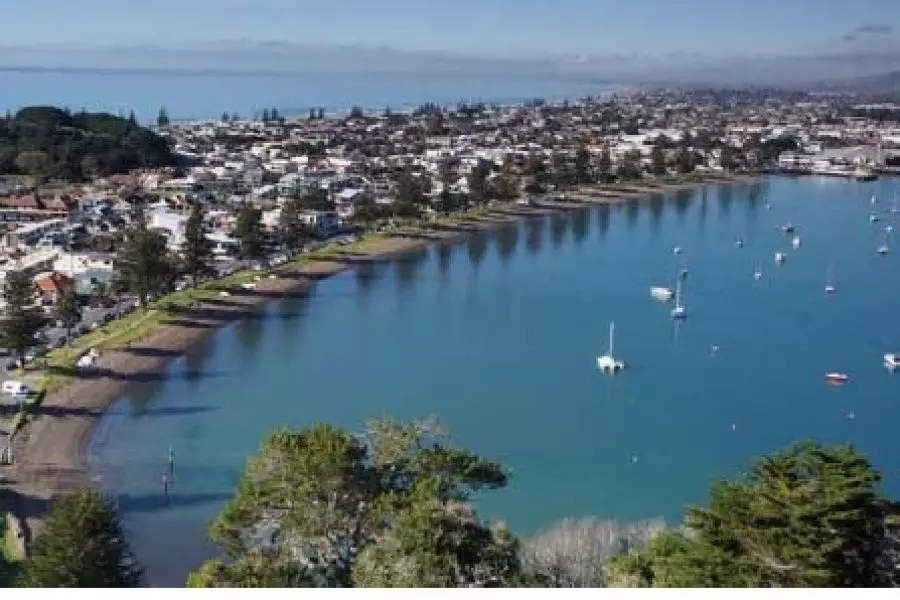News
Tauranga growth slow & steady

Monday 2nd of October 2017
After an interesting few years, in which time Tauranga (now officially New Zealand’s 5th largest city) and its environs, basked in the glow of the Auckland property market’s halo effect, the market appears to be heading back to ‘normal’ - but not especially quickly.
The eye-watering sale price increases seen since 2015 have slowed but they’re still there. T...
Want to read the full article?
Click the button below to subscribe and will have unlimited access to full article and all other articles on the site.
8 min read
10 min read






![[The Wrap] Bye Bye Bayly](https://goodreturns.publit.io/file/c_fill,w_900,h_600/39f23ac1-f7c7-4854-b700-a150004ebbac.webp)


